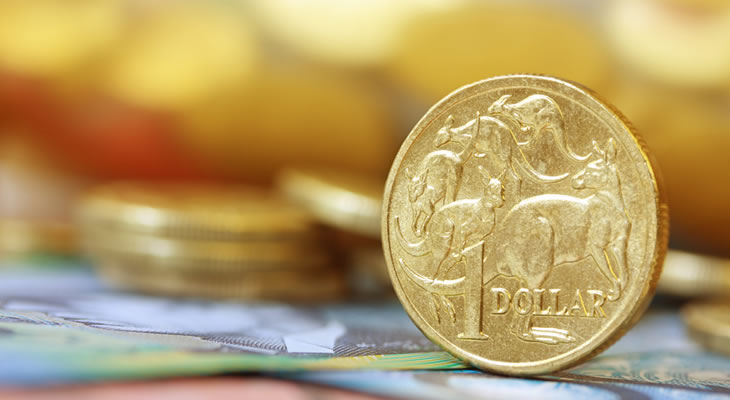Lack of Brexit Progress Limits Pound Sterling Australian Dollar (GBP/AUD) Exchange Rate Strength
As MPs continued to fail to make any tangible progress on Brexit the mood of the Pound Sterling to Australian Dollar (GBP/AUD) exchange rate soured.
With the Labour and Conservative leaderships appearing no closer to a potential compromise on the issue investors saw little incentive to buy into Pound Sterling (GBP) at the start of the week.
The persistent lack of certainty over the shape of the UK’s future relationship with the EU kept GBP exchange rates under pressure on Monday morning amid a lack of fresh domestic data.
A dip in the US personal consumption expenditure core index also helped to put pressure on the GBP/AUD exchange rate, with risk appetite improving in the face of weaker US inflation.
As the Federal Reserve looks set to leave interest rates on hold for longer the appeal of the risk-sensitive Australian Dollar (AUD) naturally improved.
UK Manufacturing Dip May Dampen Pound Sterling (GBP) Appeal
Wednesday’s UK manufacturing PMI could see Pound Sterling shed further ground if the sector shows signs of losing its earlier momentum.
Forecasts point towards the headline index easing from 55.1 to 53.1 in April, a decline which would not bode well for the outlook of the second quarter gross domestic product.
Even if the manufacturing PMI remains in positive territory investors are unlikely to pile into the Pound in the face of any degree of slowdown.
With the UK economy already showing signs of weakness, given the contraction in March’s services PMI, any weaker data could see the GBP/AUD exchange rate trending lower over the course of the week.
As markets brace for the latest Bank of England (BoE) policy announcement this may also keep the Pound under pressure against its rivals.
Stronger Chinese Growth to Boost Australian Dollar (AUD) Exchange Rates
A stronger showing from April’s Chinese manufacturing PMI may give the Australian Dollar a fresh rallying point, meanwhile.
Evidence that the Chinese economy is returning to a stronger footing, shaking off the impact of the ongoing trade dispute with the US, would encourage a fresh bout of market risk appetite.
As the Australian Dollar is a common proxy for the world’s second largest economy an improvement here could see AUD exchange rates trending higher across the board on Tuesday.
However, if the Australian manufacturing index slips closer to a state of contraction the mood towards the Australian Dollar looks set to sour once again.
Unless the Australian economy demonstrates signs of resilience the likelihood of a Reserve Bank of Australia (RBA) interest rate cut could keep AUD exchange rates on the back foot.
Without the support of market risk appetite the Australian Dollar remains at risk of losing further ground to the Pound.


Comments are closed.